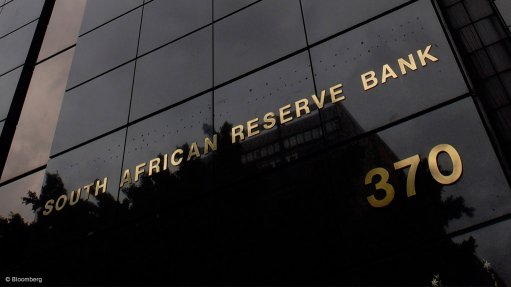
Photo by: Bloomberg
South Africa’s central bank said that enhancements to its quarterly projection model delivered more accurate forecasts of its benchmark interest rate and various measures of inflation.
The South African Reserve Bank is enhancing the so-called QPM — which has informed policy decisions since mid-2017 — to improve its forecasting ability after policymakers, responding to the worst global inflation shock in a generation, veered from the interest-rate path suggested by the current model.
In a working paper released on Tuesday, the central bank said that the updated model mostly outperformed the original QPM.
“This is particularly true for headline inflation, core goods inflation, food inflation and the repo rate,” the study said. The accuracy of gross domestic product growth forecasts was relatively unchanged, according to the paper.
While the monetary policy committee will likely use the QPM from next month’s meeting, it has used it to run shadow projections.
The paper also found that the decline in the inflation rate a year after a 100 basis points of interest-rate increases was smaller and markedly less persistent in the new model compared with the old one. That’s as higher borrowing costs led to exchange-rate appreciation and a slowdown in real economic activity, it said.
The refreshed model also showed that a one percentage-point exchange-rate depreciation, fuelled by an increase in the country risk premium, raises the inflation rate by almost 0.1 percentage point – less than in the original QPM, the study said.
Changes in the revamped model that have helped improve forecasting include:
* Placing a larger weight on the 4.5% midpoint of the central bank’s inflation target range where policymakers prefer to anchor expectations.
* Having an inflation forecast horizon focusing on three quarters ahead and the inclusion of a growth gap — or how GDP expansion deviates from potential output increases — that points to the direction in which the output gap is to move over the projection.
* Distinguishing between the evolution of private and government wages along with a revised manner in which labour-market price pressures affect inflation.
* Explicit mechanisms to strengthen indirect spillovers from fuel and electricity price changes onto core and food inflation.
* A risk-premium channel that accounts for changes in global investor sentiment.
* A mechanism to account for the effects of fiscal policy and sovereign-debt sustainability in a systematic manner